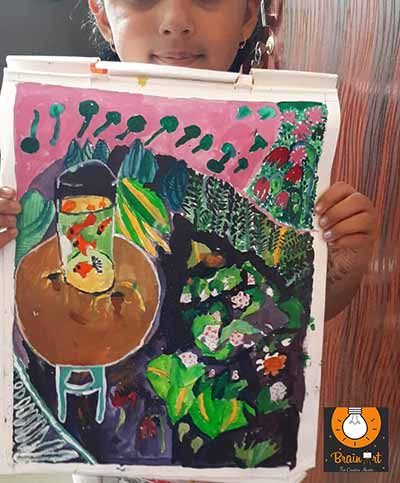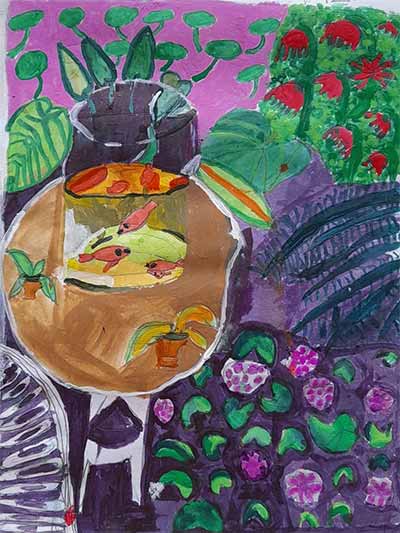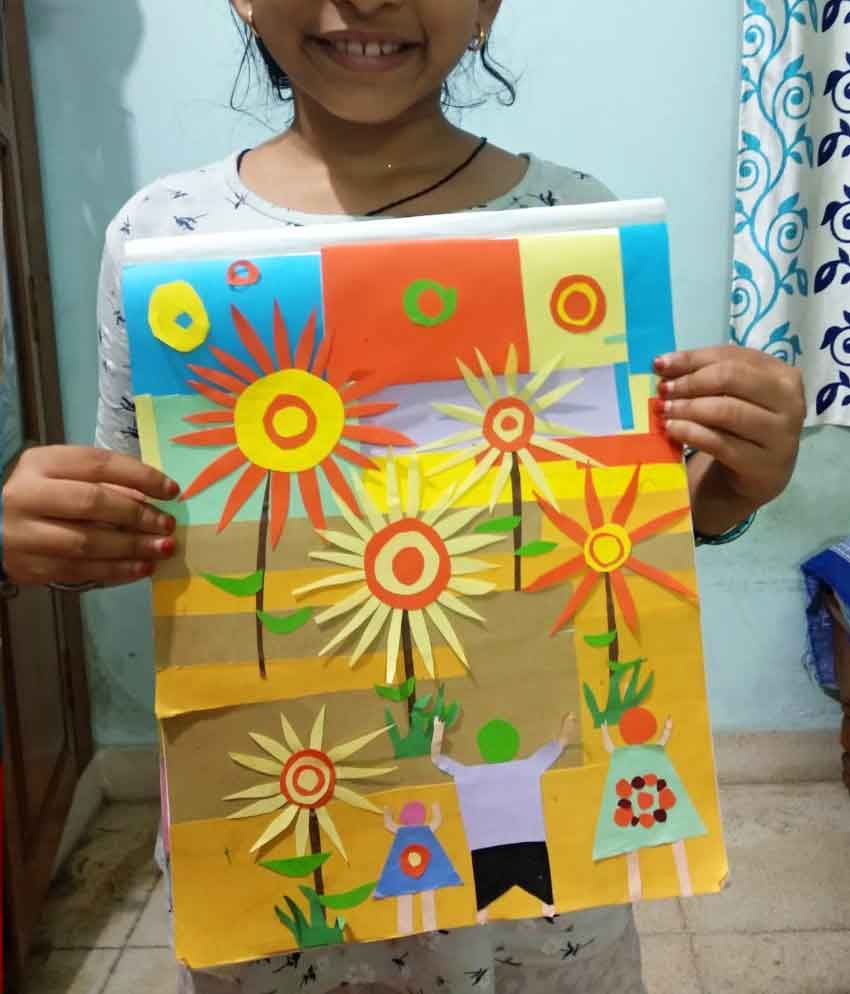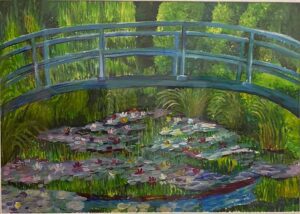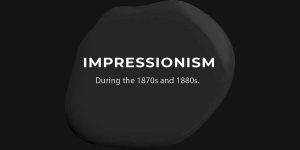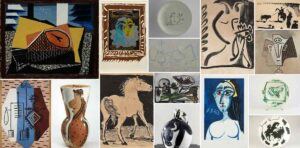A group exhibition of bright, garish paintings was held at the Salon d’Automne in Paris in 1905. Those who saw them were astounded by the strong use of colour and the obvious passion in their production. Louis Vauxcelles, a well-known art critic, was stunned. He called the painters “Fauves,” which translates to “Wild Beasts” in French. Fauvism was born as a result.

At first glance, Fauvism
Fauvism, which was pioneered by Henri Matisse at the start of the 20th century, inspired some of Europe’s greatest artists to unleash their inner “beast” and express their sentiments about their topics by employing an extraordinary range of vibrant colours. While Impressionist painters frequently maintained a chilly distance from their themes, Fauvism focused on the emotional connection between the artist and the topic or object being painted. Its angular shapes, assault of vivid hues, and sense of artistic abandonment gave it the distinction of being a singular style in a brief period of art history.
According to a historical art critic. “Flinging a port of paint in the face of the public” was how critics described Fauvism. Why was the artist deserving of such a statement, exactly?
- They abandoned the spectacular imagery of the day and returned to the impressionists’ earlier practise of painting landscapes and scenes of affluent life.
- Paired vibrant hues and exhibited their unfiltered feelings by using paint straight from the tubes.
- Artist splattered their unmixed paint colours haphazardly and without thought.
- Kept the painting straightforward. To avoid stifling the creative spirit of their work, they avoided getting too specific.
- They created vast items like landscapes, which allowed for erratic brushstrokes across a larger area, and their choice of colours had little to do with the hue of the subject they were painting.
Lesson for 6-7yrs | Painting
The class objective to Introduce Henri Matisse & Fauvism.
- In this class children will accurately understand “GoldFish” and explore Henri Matisse’s masterworks.
- Imagine the repetition of shapes and vibrant colours as you would in one of the most well-known fauve paintings, then illustrate and paint it.
- Children will learn how to emphasise and bring attention to Goldfish by using the organic green shapes.
About “Goldfish”
In the seventeenth century, goldfish were introduced from East Asia to Europe. Henri Matisse started using goldfish as a regular theme in his artwork circa 1912. Not fewer than nine of his paintings, as well as his drawings and prints, feature them. Matisse created a sequence of works between the spring and early summer of 1912, including Goldfish. But in contrast to the others, the emphasis here is on the fish themselves.
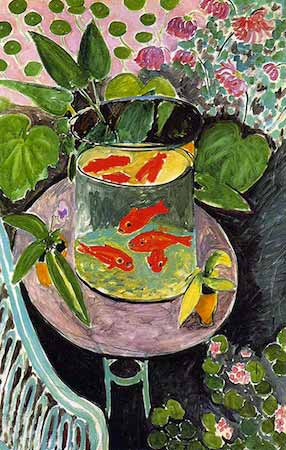
Painting with Scissors | Craft

French artist Matisse (1853–1953) was renowned for his unique style and bold use of colour. Leader of the Modern art movement and one of the most significant artists of the 20th century. After viewing Matisse’s artwork during an exhibition, a reviewer once referred to him as a “Fauves,” which is French for wild beast. Fauvism is the name of the art movement, and this name has stuck. With age, Matisse started to use collage. He cut out shapes, animals, foliage, dancers, and flowers from paper that was brightly coloured, then arranged them.
The class objective is:
- Children will learn about Henri Matisse’s life and art.
- Create a cut-out collage using organic geometric shapes that have been stylised.
- Learn about complementary balancing, tints, and shades.
The Initial Fauvist
Fauvism was initially inspired by the Post-Impressionist colour play of Paul Gauguin, Vincent van Gogh, and George Seurat. These artists were skilled in conveying emotion, light, and even movement with only pure, unmixed colours. At the beginning of the century, the initial colour experiments were advanced by Henri Matisse. In order to better convey his unique style, Matisse strayed from the subdued colours of his day and used brilliant, unmixed paint colours in the early 1900s. He finished Luxe, came et Volupte, often known as Fauvist Painting, in 1905.
Fauvism Falls Flat
As art moved away from chaotic emotion and toward the more controlled, mathematical approach of Cubism by 1900, the spirit of Fauvism was subdued. However, Matisse stuck with the look he had so fearlessly pioneered a year before. He kept getting his inspiration from the Fauvist movement’s emphasis on self-expression and the dynamics of colour.
Fauvism produced a lasting impression on art despite its short lifespan and helped pave the way for Abstract Expressionism. Its daring colour experiments inspired artists like Oskar Kokoschka, Max Beckmann, Egon Schiele, George Baselitz, and a great deal of others.
